
When the James Webb Space Telescope (JWST) launched on Christmas Day 2021, we knew its groundbreaking capabilities had the potential to rewrite the astronomy textbooks. And this incredible spacecraft has not disappointed.
The deployment of its giant segmented mirror and sun shield went without a hitch, its science instruments are operational and exceeding expectations, and the launch trajectory was so precise that there's fuel to maintain its orbit for many years to come.
Right from its first observations, the space telescope has given astronomers new puzzles to solve and new questions to pursue. In particular, it is challenging what we thought we knew about the early evolution of galaxies.
'Impossible' galaxies
JWST's intriguing deep-field observations of faint light from the early, distant Universe reveal stars and galaxies that seem to be much larger than expected.
The CEERS (Cosmic Evolution Early Release Science) survey, led by Prof Steven Finkelstein of the University of Texas at Austin, used JWST's NIRCam instrument to look back as far as the epoch of reionisation, just after the so-called dark ages of cosmic evolution, to study the structure of galaxies in the very early Universe.
It found more of them than predicted, and they appear bigger and brighter than expected. According to our best models of how the infant Universe developed, they aren't supposed to be there so early or look as they do.
Some of the first survey results have even indicated there are mature-looking disc galaxies reminiscent of our own Milky Way present as early as 10 billion years ago. We were expecting a more chaotic picture, with predominantly irregular galactic structures interacting violently. JWST's advanced resolution, coupled with its ability to observe very distant early objects in infrared, has made us think again about how soon galaxies began to form and mature.
Denne historien er fra August 2024-utgaven av BBC Sky at Night Magazine.
Start din 7-dagers gratis prøveperiode på Magzter GOLD for å få tilgang til tusenvis av utvalgte premiumhistorier og 9000+ magasiner og aviser.
Allerede abonnent ? Logg på
Denne historien er fra August 2024-utgaven av BBC Sky at Night Magazine.
Start din 7-dagers gratis prøveperiode på Magzter GOLD for å få tilgang til tusenvis av utvalgte premiumhistorier og 9000+ magasiner og aviser.
Allerede abonnent? Logg på
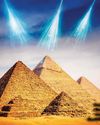
Putting cosmic rays to work
These penetrating interstellar particles have applications from astronomy to archaeology
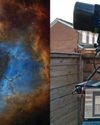
Set up your first imaging sequence
How to automate and coordinate your gear over multiple nights of imaging
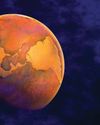
The Universe without gravity
Life with no gravity might sound a fun idea, but as Govert Schilling explains, shutting off this pivotalforce would spell disaster for Earth and beyond
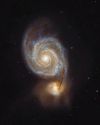
How to blend images taken with different camera setups
Combine data captured at varied focal lengths to create rich, deep images

INSIDE THE SKY AT NIGHT
Back in September 2021, The Sky at Night show spoke to Carly Howett about NASA's then upcoming Lucy mission. As the spacecraft now approaches its main targets - the Trojan asteroids - we check in with her to see how the mission is going

The science of SCI-FI
We love a good sci-fi film, but do they get the science right? Amy Arthur picks six of the big mistakes made in space films
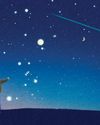
Seeing in a new light
It's National Astronomy Week this month, so take a tip from Mark Westmoquette and let mindful stargazing change your perspective on your life and problems
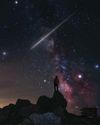
What to do if you find a meteorite
Ever come across an unusual rock and wondered if it's a meteorite? Mark McIntyre explains how to tell if that stone really is a fragment from outer space
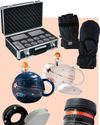
GEAR
Charlotte Daniels rounds up the latest astronomical accessories
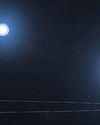
Q&A WITH A STELLAR ECLIPSE SPECIALIST
Many stars are gravitationally locked inside multi-star systems, but a rare new triple-star system has set a new record for how cosy these clusters can get